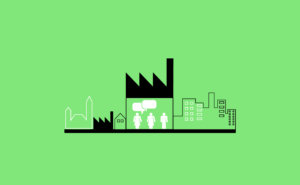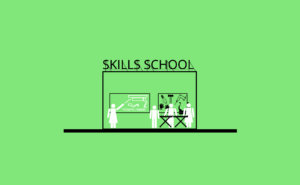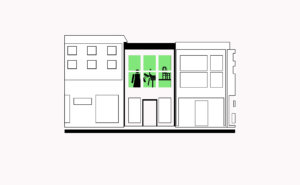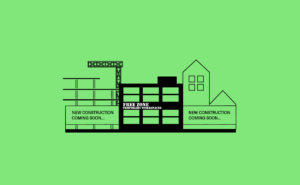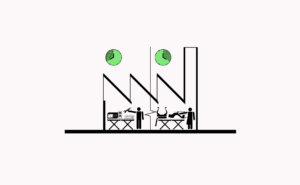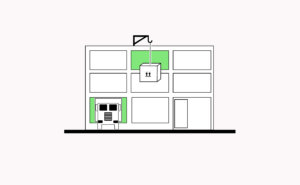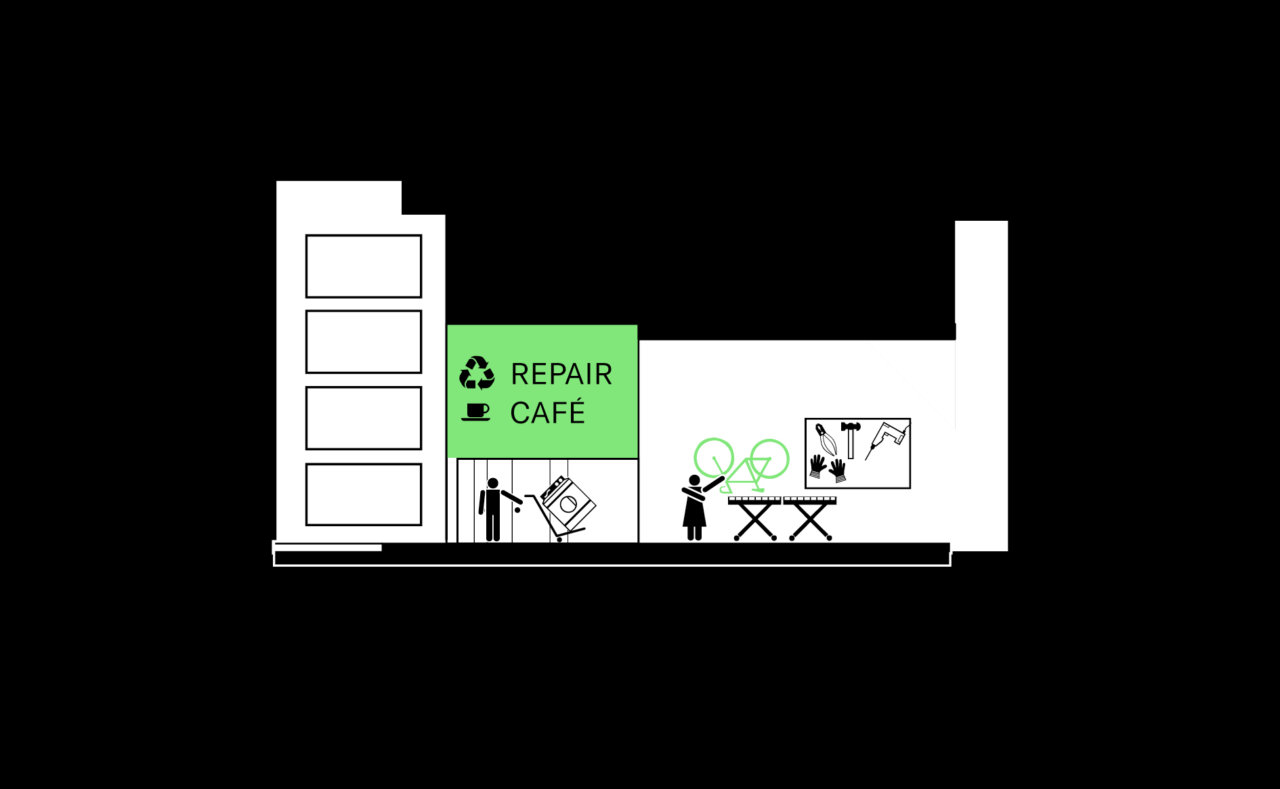
P.6 Re-use and Repair Centres
A network of local exchange and repair centres encourages re-use and re-circulation of consumer and professional goods, providing opportunities for local employment and community building.
[Context] Re-circulation of resources through extending the life of products is beneficial to cities in a range of ways. Firstly promoting re-use and repair helps reduce material and energy use and generation of waste, particularly for electronics and furniture that can be costly to recycle. Re-use and repair help to create technical knowledge that can be used to build new products or improve established ones. Furthermore, through new technology, customised replacement parts can be developed that help prolong the life of a perfectly usable object while providing local business opportunities. Finally, re-use and repair can be a gateway to very accessible work and help move people into specialist technical skills.
[Problem] While re-use and repair services were common in the past, global trade and reduction of commodities prices, especially those imported from abroad with lower labour costs, have resulted in the paradoxical situation that repairing activities have become marginally or substantially more expensive than buying a new product. This has resulted in an increasing volume and turnover of products and their associated waste streams. For example, electronic waste is the fastest growing waste stream in European cities but opportunities to repair are limited firstly by a shortage of skills in product repairability and secondly in price of new products. While re-use and repair generally are considered low added value activities, they have substantial benefits in social and environmental value. They are socially beneficial, because in many cases these activities employ people at risk of exclusion, or are carried out by social enterprises. They’re environmentally beneficial because they extend the life of products and reduce waste generation. Also, these activities can be better arranged in city areas where scale, density and proximity to customers and the market are optimal for establishing such networks. The biggest problem is that these activities need a viable business model or a change in legislation, otherwise the waste will ultimately remain the responsibility of public authorities.
[Forces] Land prices and competition with other higher added value activities mean that re-use and repair activities may require specific incentives to emerge and develop in cities. C.6 Strategic access to Multi-Modal Mobility connecting repair and re-use hubs to the rest of the city can stimulate R.5 Fair Work Conditions and may be necessary for social enterprises to provide R.4 Availability of Diverse Jobs as well as host P.7 Spaces for Development & Education but such locations will generally require some kind of support (such as subsidies) to cover rent of labour costs as businesses are rarely profitable. Pricing waste treatment into the cost of products would offer an incentive for large businesses to invest however that requires continental scale political support and regulation.
[Solution] Distribute re-use and repair centres across the city to ensure they are close to consumers, easily accessible, to minimise waste and extend product life cycles. Providing affordable and accessible space for repair and re-use activities, such as N.10 Making Along High Streets, can contribute to community building and P.7 Spaces for Development & Education connected to N.7 Local Design & Prototyping and result in R.6 Sustainable Product Cycles. Incentives are needed to safeguard space for social enterprises such as C.4 Diverse Tenure Models or through a C.3 Balance between Public & Private Land. They can also be supported through specific instruments such as tax-breaks, to stimulate the market and increase their competitiveness as an alternative to cheap imported products. Examples include generating profits from selling second hand products in charity shops or remanufactured products or lower Value Added Tax for repaired products. These could be accompanied by other policy incentives and R.10 Place Based Financial Levers to enhance social and environmental integration of these activities with the community. C.10 Transition Zones can also be suitable locations as they can benefit from both proximity to residential and commercial uses but also manufacturing activities where products and components can be further remanufactured. C.8 Accessible to Material Recovery Facilities can also be beneficial as a main source of pre-sorted products that are suitable for upcycling through repair and remanufacturing. Similarly, N.5 Local Collection Points of Segregated Waste may supply materials/components and products for re-use and repair activities.
[Contribution] Add contributions here.
